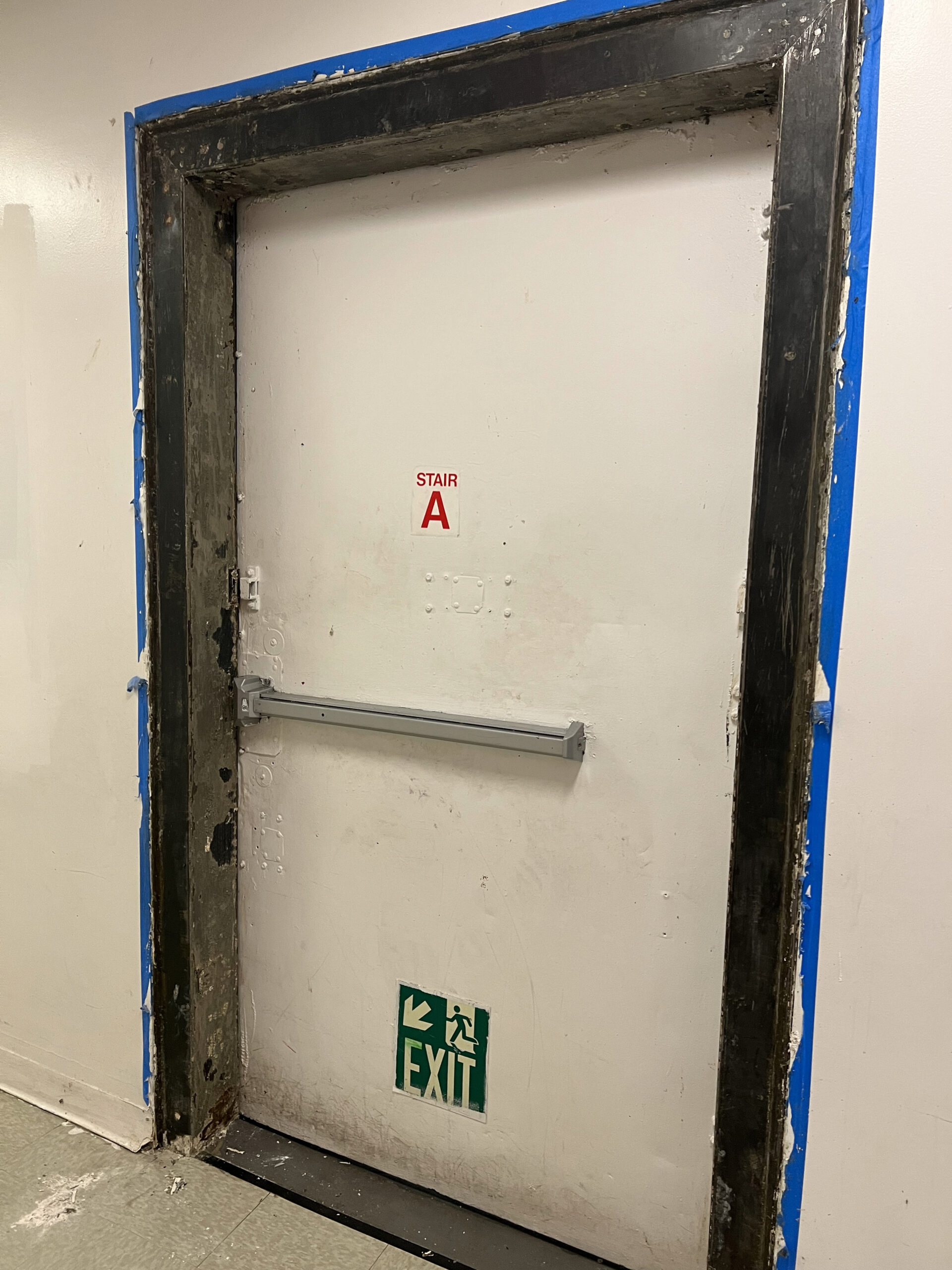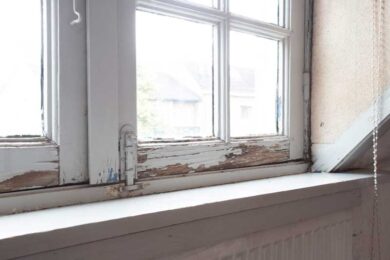DOH & HPD Lead Violation Removal NYC-- Professional Services for Compliance
DOH & HPD Lead Violation Removal NYC-- Professional Services for Compliance
Blog Article
Best Practices for Making Certain Safe and Comprehensive Lead Offense Abatement
Resolving lead violation abatement requires a multi-faceted strategy to ensure both safety and security and conformity. It's the last clearance process, involving comprehensive evaluations and laboratory screening, that genuinely verifies a lead-free environment, ensuring lasting safety and security. Exactly how do these practices adjoin to assure thorough lead reduction?

First Evaluation
Conducting a first evaluation is a vital very first step in lead violation reduction. This stage includes a comprehensive assessment of the residential property to recognize the existence, level, and certain locations of lead-based risks. Certified professionals, such as licensed lead examiners or run the risk of assessors, should do an extensive website evaluation, making use of tools like X-ray fluorescence (XRF) analyzers to precisely detect and gauge lead concentrations in paint, dust, dirt, and water.
The assessment needs to also consist of a review of the structure's background, previous reports, and any kind of problems or health problems reported by owners - Lead Removal Contractors. Documenting the searchings for carefully is essential, as these documents create the basis for developing a reliable abatement approach. A detailed evaluation likewise entails sampling and research laboratory evaluation, which are essential to validate the existence of lead and overview subsequent activities
Furthermore, it is imperative to interact the outcomes transparently to all stakeholders, including homeowner, tenants, and regulative authorities. By ensuring that the preliminary evaluation is performed with precision and rigor, professionals can lay a solid structure for a targeted and reliable lead abatement process, ultimately protecting public health and wellness and making sure conformity with governing standards.
Proper Containment
Proper containment is important to protect against the spread of lead contaminants during reduction activities. Efficiently managing containment decreases the threat of lead dirt and particles migrating to non-work areas, consequently guarding both the setting and individuals outside the instant work zone.

Regular inspections of the control area are required to check for violations or weaknesses in the obstacle. Any recognized problems need to be quickly addressed to preserve the honesty of the containment. By sticking to these practices, reduction projects can successfully regulate lead contamination and alleviate associated health and wellness threats.
Worker Defense
Guaranteeing employee security is extremely important during lead reduction projects to stop occupational direct exposure to unsafe lead bits. Essential procedures consist of using personal protective devices (PPE) such as respirators, handwear covers, and full-body matches check over here specifically created to obstruct lead dirt and fumes. Employees should go through thorough training on the correct usage and maintenance of PPE, including in shape screening for respirators to make certain optimum efficacy.
Engineering controls, such as regional exhaust air flow systems, are crucial in minimizing airborne lead concentrations in the job setting. Administrative controls should also be carried out, consisting of restricting the period of exposure and turning workers to lower individual direct exposure times. Normal clinical surveillance and biological monitoring are vital for very early discovery of lead absorption, enabling timely treatment and therapy.
Furthermore, establishing a decontamination procedure is essential. Workers must comply with rigid purification treatments prior to breaks and at the end of their shift to stop lead dust from being brought outside the workspace. This consists of thorough hand and face washing with lead-specific cleaner and altering out of contaminated clothing.
Precise Clean-up
Keeping a secure job atmosphere expands beyond worker protection and encompasses meticulous cleanup to guarantee lead particles are completely removed from the website. The procedure of careful clean-up is important in preventing the recontamination of the moderated location and protecting both current and future residents.
To achieve an extensive clean-up, all workplace have to be systematically sanitized. This includes using specialized HEPA (High-Efficiency Particulate Air) hoover and wet-wiping techniques to record and remove great lead dust that might have chosen surface areas. It is critical to clean up all straight surfaces, consisting of floors, home window sills, and countertops, in addition to find upright surfaces that might have entraped lead bits.
Employees must put on appropriate personal safety devices (PPE) throughout cleanup to prevent direct exposure to residual lead dust. Made use of cleansing materials such as wipes, sponges, and mop heads need to be thrown away in conformity with contaminated materials disposal laws.

Last Clearance
Last clearance is the critical ending stage of lead reduction that establishes whether the website is secure for reoccupation. This critical step entails comprehensive inspection and testing to verify that all lead risks have been efficiently eliminated.

Last clearance testing not only protects future owners yet likewise makes sure compliance with regional, state, and federal laws. It offers as a recorded validation of the reduction contractor's adherence to sector finest methods. Making sure a complete and successful last clearance is crucial in securing public health and fostering trust in the reduction process.
Conclusion
Making sure safe and thorough lead offense abatement demands a diverse strategy including initial analyses with sophisticated discovery techniques, reliable containment approaches, strict employee security methods, and meticulous cleaning procedures. The last clearance phase, including comprehensive examinations and lab screening, is important to confirm compliance with EPA criteria. Adherence to these finest techniques guarantees a secure environment for owners, alleviates health threats, and supports governing requirements, therefore promoting public health and wellness and safety and security in lead-affected areas.
Report this page